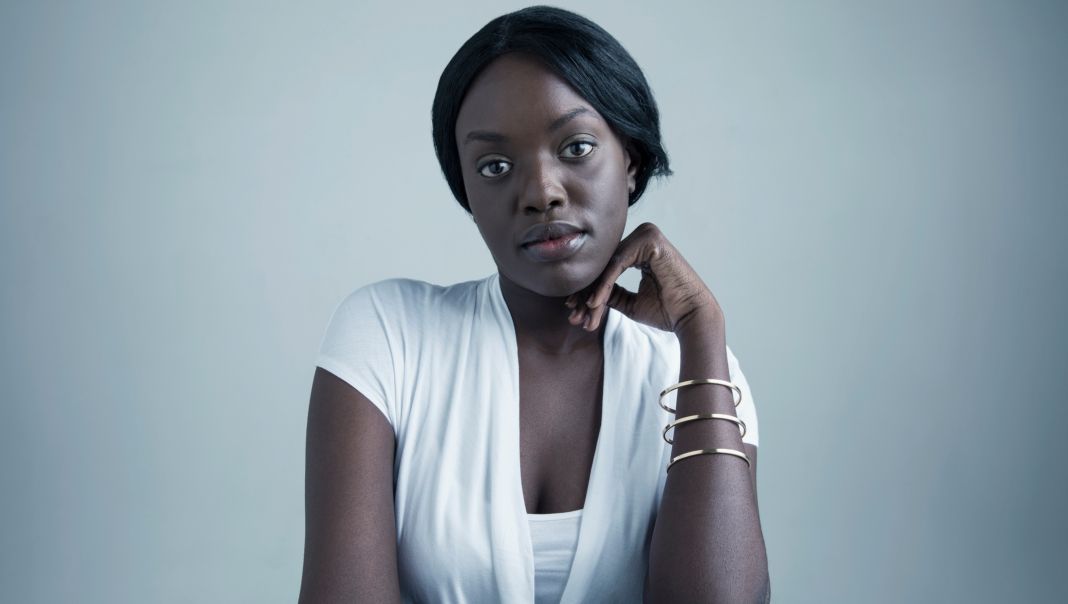
Getty
Aside from being a month set aside for taking vacations, letting off fireworks on Independence Day and dealing with rising temperatures, July is also the perfect time of year for women and men of color to take stock of their health — their mental health in particular.
July is actually Minority Mental Health Awareness Month. The rates of mental illness for Black people are on par with the rest of the general population, however, we don’t often have access to proper care. According to a 2017 survey from Psychiatry.org, only one in three African Americans who need mental health services actually receive them.
But that doesn’t mean we should stop trying to get them. With that in mind, we spoke with Dr. Angela Diaz of New York’s Mount Sinai Adolescent Health Center, which offers free comprehensive healthcare for young people between the ages of 10 and 24, about this important topic and time of year. Here’s what she had to say about the importance of making mental health care services more relatable, more sensitive, and overall, more accessible.
—
MadameNoire: A big thing people will say these days is that young people today seem to be more depressed and there are a lot more instances of suicide. Would you say that that’s true? If so, why is that happening more often than in the past?
Dr. Angela Diaz: I think it is true. I think it’s a very complex issue. I think young people have a stressful life, a lot of conflict sometimes with peers, family. Many of them have a history of childhood trauma, sexual abuse, physical abuse or other types of abuse. Also, seeing on television, especially kids of color, that they’re being portrayed in very negative ways doesn’t help. Suicides actually rose to about 64 percent in the last decade, and it’s something that is happening nationwide. I think it’s really troublesome for kids, and especially for youth of color.
Do you think the mixed messages received on social media play a part in any kind of way?
I would say youth in general, but in particular, youth of color are often portrayed very negative in all forms of media. They keep seeing young people who look like themselves being killed and being called criminals and all that stuff. I think that contributes. The other thing that contributes and the reasons that I think there are some disparities, is that there’s a lack of access to mental health services among poor people in general and then people of color in particular. In New York City, for example, class and race often goes together. That causes a real lack of access to care for mental health.
With that in mind, how important is it that Mount Sinai Adolescent Health Center and similar medical facilities offer free access to psychiatrists and psychotherapists? Therapy is very hard to come by and very expensive, particularly for young people who seem to need it most.
There are very few services. Those services are not designed for young people. And then you have to have insurance or money to pay for your service. This is in general. And even sometimes when you have insurance or money to pay, there’s not enough capacity or services to meet the demand. And most young people that have a mental health need actually go without those services that they so desperately need. So that’s why we have Mount Sinai Adolescent Health Center. We feel that young people have a right to get their needs met, whether physical health or sexual and reproductive health or mental health, dental, optical. They really have a right to get those services they desperately need. And since 70 percent of the youth that come here don’t have insurance at all, we make those services free because we don’t want there to be barriers. They can come here from anywhere. They have to be 10 to 22 to enter the program. They can stay until they’re 24. We offer MetroCards and you know, sometimes we buy their medication because we really want them to do well.
Black people are often very big on our reliance on faith and the church. If you feel down, people say, “Just go to church, pray about it.” Do you feel like that has helped or hurt people in the attempts to obtain necessary services?
I think that faith is very important in the Black community and other communities, and I think it plays a constant role. The thing is that there are not enough services. But a role that the church or worship places can have is to make it more natural for people to go for mental health. If they have an issue where they are depressed, the church can help to try to remove the stigma for that. It would help to say, “Mental health is very important. If you’re feeling depressed, you should go for services.” But I think that even if people want to go for services, there are not enough. I think that’s the major problem. Until we can get more, I think we have to find a good way to deal with the stigma, because young people are not likely to go to a mental health program and say out right, “I’m depressed or suicidal.” That’s just not what happens. But people are more likely come to primary care because they need a physical, they have a cold or they think they’re pregnant. If you have a service in primary care or have primary care providers, clinicians that understand young people and can identify depression, then they can get those needs met. So what we do here with the adolescent health center is that we have psychologists, social workers, child and adolescent psychiatrists working together with a medical doctor in primary care. I’m trained as a medical doctor, so if I see a young person and I see they’re depressed or they have a history of childhood sexual abuse, that same day, that same visit, I get a mental health person to meet with them about those issues. It’s not, “I’m going to be referring you to mental health or for another visit.” We just need to make it easy. No stigma or judgment. It’s just a part of what you need. It’s just a part of health. Just making it more natural and a part of well-being.
Would you say race plays a part in being able to access mental health services? That is a big part of the conversation when it comes to a lot of other health disparities — maternal mortality rate increases and infant mortality, and even just the treatment we receive for major diseases.
I would say in general, yes. One reason I mentioned is that there are people of color who are less likely to be insured, but even when they have insurance, the services are not usually culturally relevant and sensitive. For young people, they’re not designed in an adolescent-specific, teen-friendly way. So if you don’t have services for this specific population, they’re not likely to come in. Or there are people who make make it hard for these people to get them because when you call they say, “We have a four-week wait.” If they weren’t motivated to begin with, by the time four weeks comes and goes, they are not motivated or they are dealing with some major crisis, or they killed themselves. Only God knows. So I think that issue is the design of the services, as well as the fact that there’s not enough. Those that exist are not being designed in a way that is specific for the population. They aren’t making it easy for the population to come in and providing services that are culturally relevant and understanding of the specific population they’re serving. So absolutely there’s a disparity based on class, based on race, based on gender — like the gay and lesbian and transgender youth. It’s not easy for them to get the services that they need. And if you happen to be poor and Black and of the LGBT community, those things compound. And then those young people, if they do not get the services they need, they do not do well. But when they get the services that they need and people really know how to work with them, they do beautifully.
What things can people do outside of professional care to help manage their mental health and that of those they care about?
Have a communication style that helps a young person open up and share more and in a way that they don’t feel that they’re going to be criticized. Talk to people who are going to be accepting and make sure people feel connected and that there are people caring for them. And make sure they’re not isolated. The worst thing for a person, particularly a young person, is to feel lonely and isolated. Also, doing meditation and yoga. That mind and body connection. Dancing. Doing things that are physical exercises, healthful, eating healthy. And just being part of a family, being part of a unit helps you feel valued. I think those things are all important, but if a person needs mental health help, they should be able to get professional mental health services also.
We also need to feel comfortable saying, “I’m depressed so I may need help.” And if you see someone you know and they’re not eating like they’re used to and they don’t seem to be interested in anything, say something. Say, “You seem down. What’s going on?” It could go a long way. You can eventually help to connect them to services. But just being there, being a helping hand, being an ear to listen to them, that helps. Trying to alleviate stress and creating an environment that is more positive is very helpful for communities anywhere.


